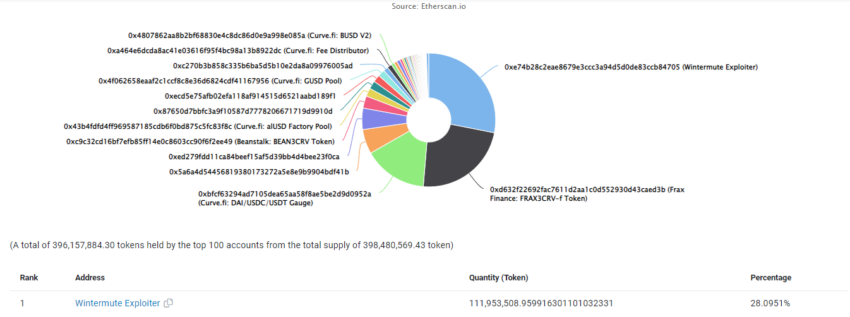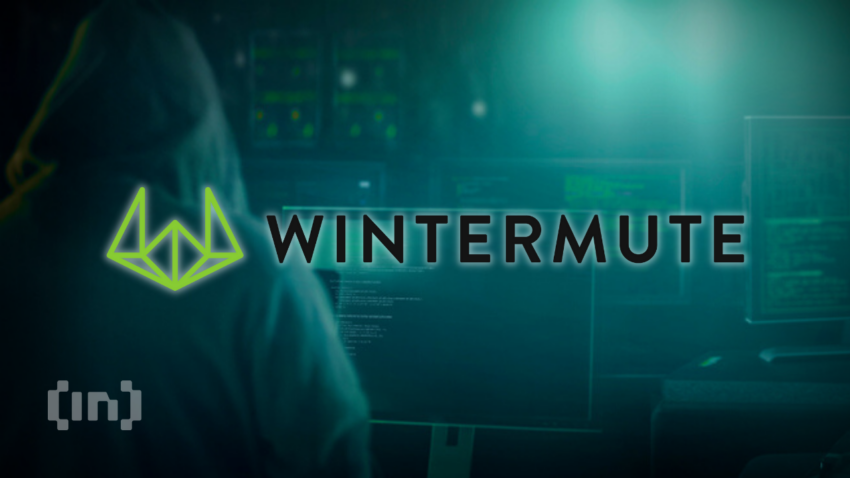Wintermute’s 2022 hacker has provided 28% of the liquidity on Curve Finance’s stablecoin liquidity pool with stolen funds.
According to Etherscan, the hacker is contributing about $114 million out of $409 million behind Curve’s 3pool.
Wintermute Exploiter Revives DeFi Debate
The hacker receives a hefty fee slice as a main liquidity provider when Curve users swap tokens the criminal provided.
Pools like Curve enable token swaps through market-making algorithms rather than intermediaries. Liquidity providers earn significant fees by depositing tokens with high trading volumes, which offset minor fluctuations in a token’s price set by the algorithm.
In its smart contract, Curve’s 3pool enables swaps between USDC, USDT, and DAI. The immutability of the smart contract means that an effected swap or deposit cannot be revoked.
This irrevocability means that criminals can benefit from stolen funds without recourse on the victim’s behalf.
Curve founder Michael Egorov says no one can prevent the hacker from providing liquidity since the pool is permissionless. Furthermore, Curve argues that EVEN governance votes cannot change any smart contract which holds funds.

Earlier this year, a U.K. court ordered Oasis to rewrite its code to recover funds from an earlier hack. Oasis developed a frontend application for the decentralized stablecoin DAI. The move was controversial because DeFi principles dictate that funds cannot leave users’ wallets unless they sign a payment with their private key.
USDC Market Cap Tanks $13B Amid Banking Crisis
One of the stablecoins in a Curve pool, USDC, can now be transferred between networks using its issuer Circle’s cross-chain transfer protocol. The new method enables USDC transfers between Avalanche and Ethereum by burning USDC on the source blockchain and minting it on the new one.
The new tech comes amid a confidence crisis in the U.S. banking sector and an uncertain regulatory climate, contributing to a $13 billion decline in the coin’s market cap to $30.71 billion. CoinGecko pinned the coin’s peak market cap at $56 billion on June 20, 2022.

Political divides have slowed the passage of U.S. crypto legislation. This regulatory bog has seen crypto firms like Coinbase express interest in moving to areas with clearer laws.
For Be[In]Crypto’s latest Bitcoin (BTC) analysis, click here.
Disclaimer
In adherence to the Trust Project guidelines, BeInCrypto is committed to unbiased, transparent reporting. This news article aims to provide accurate, timely information. However, readers are advised to verify facts independently and consult with a professional before making any decisions based on this content. Please note that our Terms and Conditions, Privacy Policy, and Disclaimers have been updated.


